Pickleball, the sport that has taken the world by storm with its unique combination of tennis, ping pong, and badminton, is not only about smashing the ball back and forth across the net. Oh no, there’s a secret rule lurking within its seemingly simple gameplay, enticing players with its strategic implications and keeping them on their toes. Welcome to the mysterious world of the Double Bounce Rule in pickleball, where you’ll learn why its mastery is crucial for any serious player looking to up their game. So grab your paddle and get ready to unravel the intriguing secrets behind this rule that can make or break your pickleball prowess.
What is pickleball and how to play it?
Pickleball is a paddle sport that combines elements of tennis, badminton, and table tennis. It can be played with two or four players on a court that is smaller than a traditional tennis court.
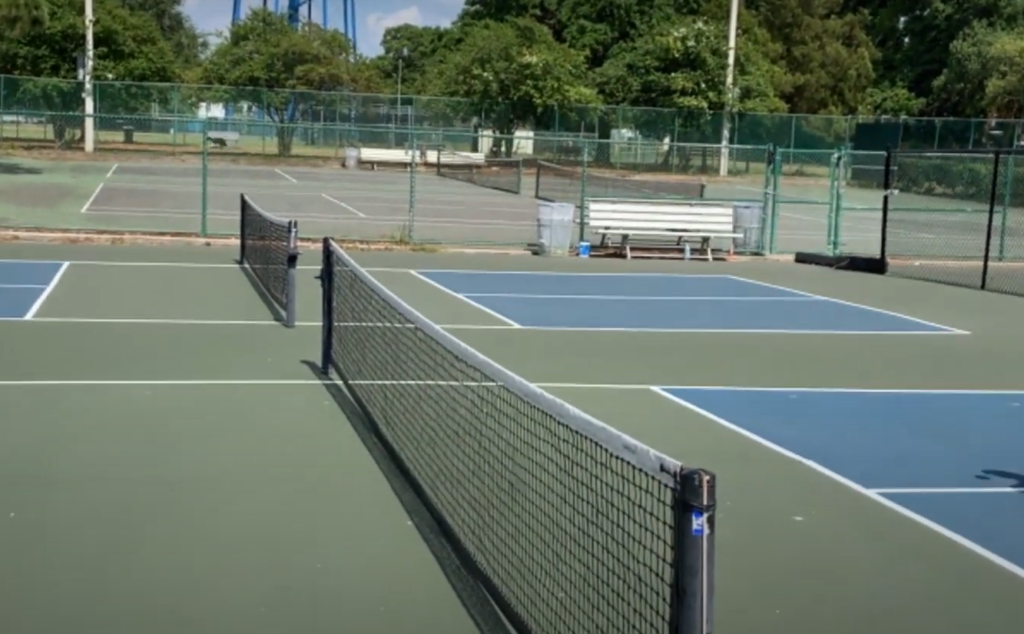
To play pickleball, you will need a pickleball paddle, which resembles a larger version of a table tennis paddle, and a plastic ball with holes in it, similar to a wiffle ball. The goal of the game is to hit the ball over the net and within the boundaries of the court, without your opponents being able to return it.
Rules of Pickleball
Pickleball has several rules that players must follow in order to play a fair and competitive game. Here are some basic rules to get you started:
- Serve: The game begins with a serve, which must be hit underhand and diagonally crosscourt to the opponent’s service court.
- Double Bounce Rule: After the serve, both teams must let the ball bounce once before returning it. This is known as the “double bounce rule” and ensures that both teams have an equal chance to return the ball.
- Non-Volley Zone: The area closest to the net is known as the non-volley zone, also called the “kitchen”. Players cannot enter this zone and hit the ball in the air, unless they are playing a volley or if the ball bounces in this zone first.
- Scoring: Points can only be scored by the serving team. Games are typically played to 11 points, but some variations may use a different point system.
- Rotation: In doubles play, players must rotate positions after each point is scored in order to keep the game fair and balanced.
Tips for Beginners
If you’re new to pickleball, here are some tips to help you get started:
- Start with the basics: Focus on learning the basic rules and techniques of the game before trying more advanced strategies.
- Practice your serve: The serve is an important part of pickleball, so make sure to practice serving from both sides of the court.
- Work on your footwork: Good footwork is crucial in pickleball. Make sure to stay light on your feet and move quickly around the court.
- Communicate with your partner: Communication is key in doubles play. Make sure to communicate with your partner about strategy, rotations, and calling out balls [1].
What is the Double Bounce Rule in Pickleball?
The Double Bounce Rule in Pickleball is a unique rule that sets it apart from other racket sports. It states that both teams must let the ball bounce before hitting it back to their opponents. This means that the receiving team must let the serve bounce and then hit it, followed by the serving team letting the return shot bounce before hitting it back.
This rule was implemented to promote longer rallies and increase the opportunities for both teams to be involved in each point. It also levels the playing field, as it gives the receiving team a chance to return the serve without being at a disadvantage.
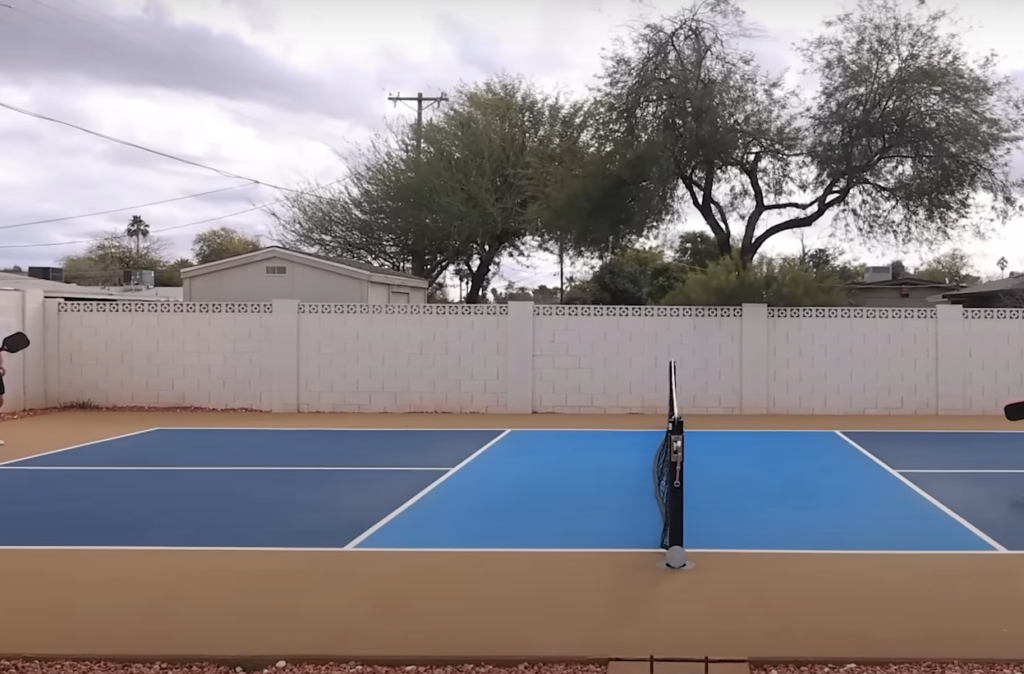
The Double Bounce Rule is especially beneficial for beginners or older players who may not have quick reflexes or mobility. By allowing them more time to hit the ball, it makes the game more accessible and enjoyable for a wider range of players.
Moreover, this rule encourages strategy and placement rather than relying solely on power and speed.
The Double Bounce Rule is also advantageous for doubles play as it requires teamwork and coordination between partners to successfully return the ball. This adds an element of teamwork and communication to the game, making it more dynamic and engaging.
Overall, the Double Bounce Rule is a crucial aspect of Pickleball that enhances the gameplay experience for players of all ages and skill levels. It promotes fairness, strategy, and teamwork while making the sport accessible to a wider audience. So next time you step onto the Pickleball court, remember to follow the Double Bounce Rule for a fun and challenging game [2]!
Why does the Two-Bounce Rule exist in pickleball?
There are a few reasons for the existence of the Two-Bounce Rule in pickleball, which is a key rule that sets this sport apart from other racket games.
Firstly, the Two-Bounce Rule allows for longer rallies and more strategic gameplay. With only one allowed bounce per side, a player could potentially end a rally quickly by hitting a powerful shot that their opponent cannot return. The Two-Bounce Rule encourages players to use different techniques and strategies, such as drop shots and dinks, in order to outsmart their opponent and win the point.
Secondly, the rule makes pickleball more accessible for players of all ages and skill levels. With two bounces allowed per side, players have more time to react and get to the ball, which can be beneficial for beginners and older players with slower reaction times. This rule also makes the game more inclusive for players with physical limitations or disabilities.
Furthermore, the Two-Bounce Rule promotes a friendly and social atmosphere on the court. Since both teams have an equal chance to hit the ball, rallies tend to last longer and there is more opportunity for interaction between players. This can make for a more enjoyable and social experience, especially for those who value the social aspect of sports.
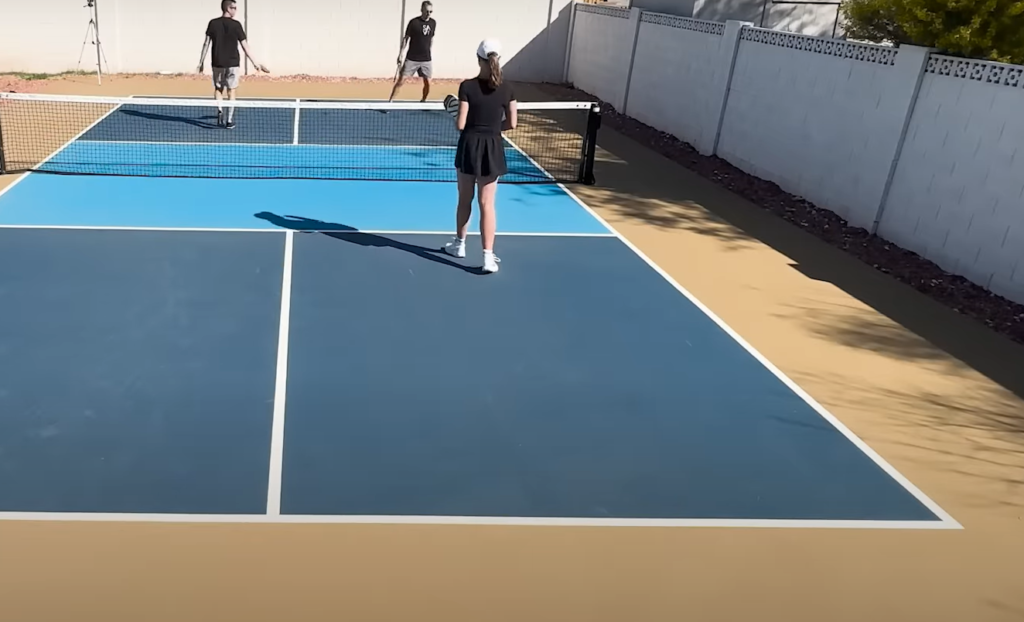
Lastly, the Two-Bounce Rule was created to prevent dominant players or teams from dominating the game. With only one allowed bounce per side, highly skilled players could easily control the pace of the game and make it difficult for their opponents to keep up.
In summary, the Two-Bounce Rule in pickleball not only adds to the unique characteristics of this sport but also promotes longer rallies, inclusivity, social interaction, and fair play. It is an essential rule that contributes to the overall enjoyment and appeal of pickleball for players of all ages and skill levels.Beginner Tips for Mastering the Double Bounce Rule
Singles Game – Returner Side Tips
- Make sure you are in a ready position before your opponent hits the ball. This means having your feet shoulder-width apart and slightly bent, with your racket up and ready to move.
- Keep an eye on your opponent’s body language and positioning. This can give you clues as to where they will hit the ball, allowing you to anticipate their shot.
- Use small, quick steps to move towards the ball. This will help you react faster and get into position.
- As soon as your opponent hits the ball, take a small step forward with your front foot. This will put you in a better position to hit the ball early and on the rise.
- Keep your racket head up and ready to make contact with the ball. This will help you generate power and control in your shot.
- Use a short backswing when returning the ball. This will allow you to react quickly to different types of shots from your opponent.
- Keep your eyes on the ball at all times. This may seem obvious, but it’s easy to get distracted by your opponent’s movements. Stay focused on the ball and you’ll be able to react to it more effectively.
- Practice your return of serve. This is a crucial shot in singles and can give you an advantage if you’re able to hit it well.
- Vary your return placement. Your opponent will have a harder time predicting where the ball will go if you mix up your shots between cross-court and down the line.
- Don’t be afraid to use the double bounce rule. If you’re not confident in your ability to return a difficult shot on the first bounce, let the ball bounce twice and then hit it back.
- Always be ready for a follow-up shot from your opponent. Even if you think you’ve hit a winner, stay prepared in case they are able to get to the ball and return it.
- Practice, practice, practice. The more you play and work on your return game, the better you will become at mastering the double bounce rule.
Singles Game – Server-Side Tips
- Start your serve from the ready position. This means having your feet shoulder-width apart and slightly bent, with your racket up and ready to make contact with the ball.
- Use a consistent toss for your serve. This will help you get into a rhythm and hit more accurate serves.
- Aim for variety in your serves. Mix up the speed, spin, and placement to keep your opponent guessing.
- Keep your body loose and relaxed when serving. Tension in your muscles can lead to a less powerful serve.
- Use a continental grip on your serve. This is the most common grip used for serves and will give you more control over the ball.
- Practice serving from different locations on the court. This will allow you to hit serves from different angles and give your opponent less time to react.
- Focus on getting the ball deep in the court. This will make it harder for your opponent to attack your serve.
- Use a slice to serve as a variation. A slice serve can be effective in pulling your opponent off the court and opening up the court for your next shot.
- Don’t always go for an ace. It’s important to hit consistent serves, even if they are not aces. This will prevent you from giving your opponent easy points.
- Don’t be afraid to use the double bounce rule on your serve. If you’re struggling with consistency or direction, let the ball bounce twice and then hit it back.
- Always be ready for a return of serve. Don’t relax after hitting a good serve, as your opponent may surprise you with a return that requires quick reaction.
- Practice, practice, practice. The more you work on your serving game, the more confident and effective you will become in using the double bounce rule to your advantage.
Doubles Game Tips
- Communication is key. Make sure to communicate with your partner about who will take the return of serve, and where you will position yourselves on the court.
- Use different formations. Experiment with different positions on the court to find what works best for you and your partner.
- Keep your shots deep and low over the net. This will make it harder for your opponents to attack and put pressure on them to defend.
- Practice your poaching skills. This is when one player moves in front of their partner to intercept a shot from the opposing team. It can be an effective strategy if executed well.
- Use hand signals to communicate with your partner during points. This can help you stay coordinated and make quick decisions on the court.
- Play aggressively at the net. This means being ready to move forward and take control of the point if the opportunity arises.
- Cover each other’s weaknesses. If one player struggles with a certain shot, try to position yourselves on the court so that your partner can cover that area.
- Be aware of your positioning on the court. You don’t want to leave gaps for your opponents to exploit.
- Stay positive and support each other. Doubles is a team sport, so make sure to encourage and uplift your partner during the match.
- Practice, practice, practice. As with any aspect of tennis, the more you practice doubles strategy and teamwork, the better you will become at mastering the double bounce rule in doubles matches.
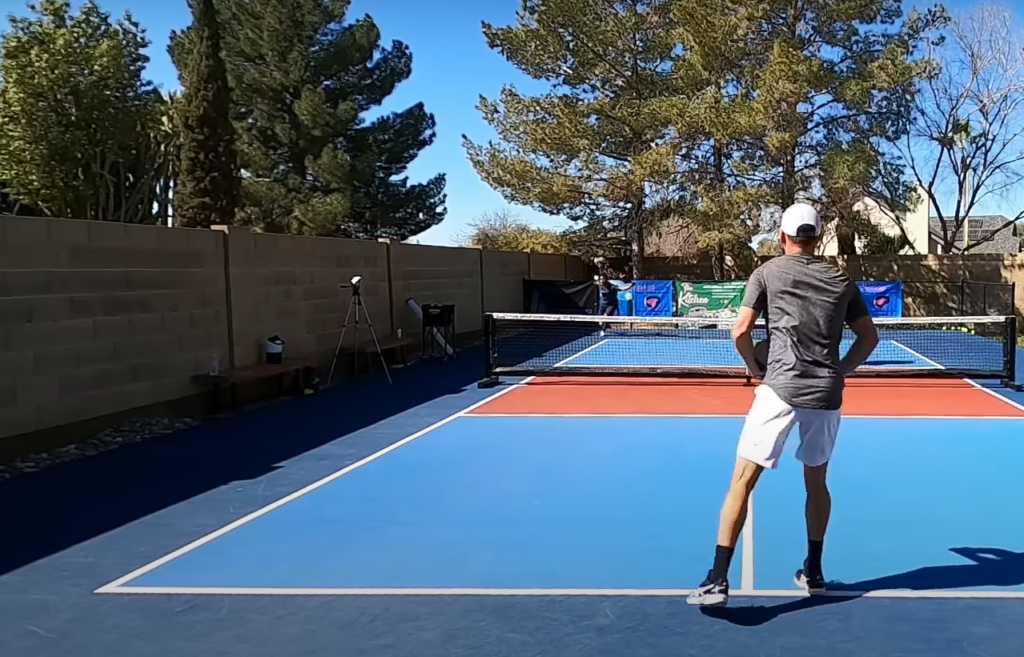
Overall, mastering the double bounce rule in singles and doubles can greatly improve your game and give you an advantage over your opponents. It requires practice, communication, and strategy, but once mastered, it can be a powerful tool in your tennis arsenal.
FAQ
What is a double hit in pickleball?
In the game of pickleball, a double hit occurs when a player inadvertently or purposefully strikes the ball twice with their paddle in a single shot. This action is deemed a fault and leads to the opposing team being awarded the point. It is an important rule to be aware of, as it ensures fair play and upholds the integrity of the game. However, the double bounce rule does not apply to the serve, meaning that a player can hit the ball twice with their paddle before it bounces on the opponent’s side of the court.
Can the ball bounce twice in tennis?
Yes, in tennis, the ball can bounce twice, which adds an interesting element to the game. It opens up opportunities for various strategies and tactics. For instance, a popular technique is to execute a well-placed drop shot that intentionally bounces twice before your opponent can even get close to it.
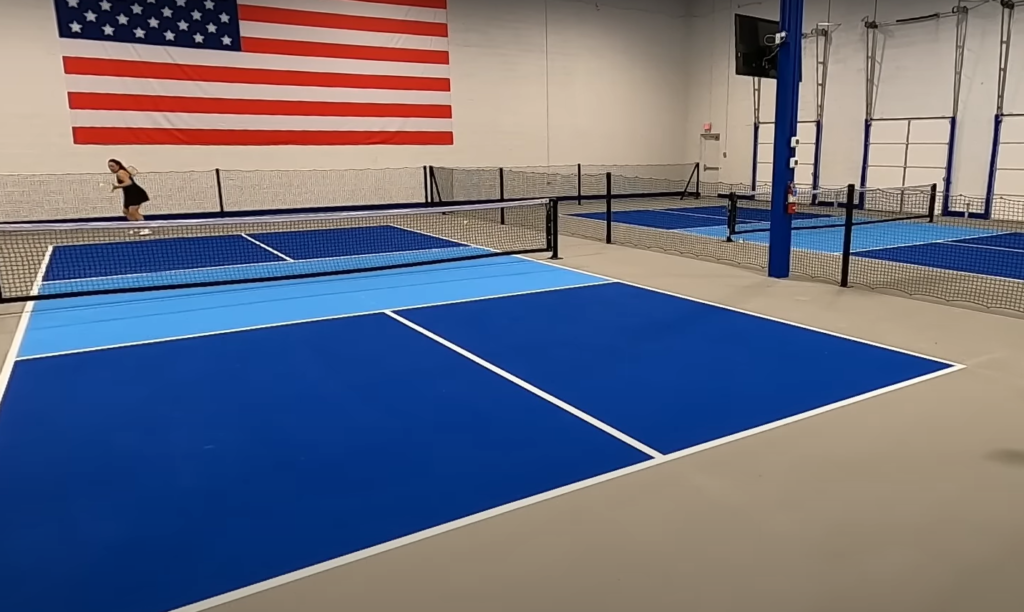
This not only adds excitement and unpredictability to the match but also makes it incredibly challenging for your opponent to successfully return the ball.
What is a double bounce rule in pickleball?
The double bounce rule in pickleball refers to the rule that the ball must be allowed to bounce once on each side of the court before a player can hit it. This means that when serving, the ball must bounce once in the service area and then once again on the opponent’s side of the court. Similarly, during gameplay, players must let the ball bounce at least once on their side before returning it to the other side. This rule adds a strategic element to the game as players must anticipate and position themselves accordingly to return each shot within the double bounce limit.
Are there any other unique rules in pickleball?
Yes, there are several other unique rules in pickleball that make the game both challenging and enjoyable.
Another notable rule is the fault on serve, where a player must keep one foot behind the baseline while serving and cannot step into the court until after making contact with the ball. These rules add an extra layer of challenge and strategy to the game, making pickleball a unique and exciting sport to play. So, it’s always good to familiarize yourself with all the rules before stepping onto the court.Is Pickleball the only sport with the Double Bounce Rule?
No, pickleball is not the only sport with a double bounce rule. Other racket sports like table tennis and badminton also have similar rules where the ball or shuttle must be allowed to bounce once on each side before being returned. However, pickleball’s double bounce rule adds an interesting twist as it applies to both serving and gameplay, making it a unique aspect of the sport. As such, pickleball stands out as a fun and dynamic game that combines elements from various popular racket sports.
Are the Double Bounce and Two-Bounce Rule the same?
While the terms “double bounce” and “two-bounce” may seem similar, they actually refer to two different rules in pickleball.
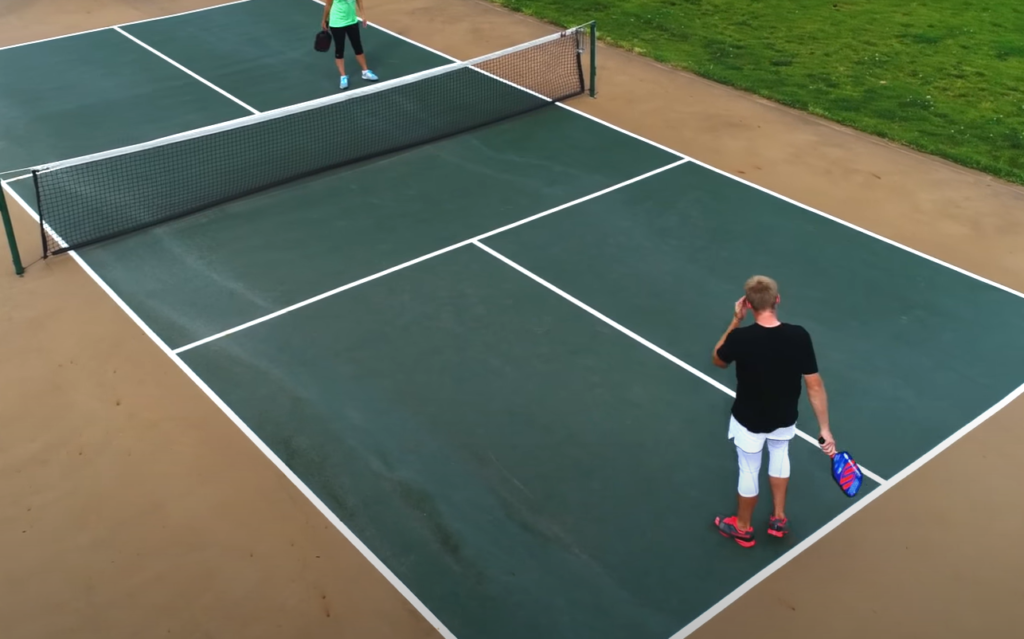
The double bounce rule requires the ball to bounce once on each side of the court before being returned, while the two-bounce rule only applies to doubles games and allows players to let the ball bounce twice before returning it. These rules may seem similar, but they have slight differences and serve different purposes in the game of pickleball. It’s crucial to understand both rules to avoid any confusion or penalties during gameplay.
Useful Video: The Double Bounce Rule in Pickleball
Conclusion Paragraph
Pickleball is a unique and exciting sport that has gained widespread popularity in recent years. Its combination of elements from various racket sports makes it a fun and challenging game. Knowing and understanding the rules of pickleball is essential for players of all levels. The double bounce rule is just one of many that adds to the strategic nature of the game. So, whether you’re a beginner or an experienced player, always remember to play fair and have fun on the court!
References:
- https://www.thepioneerwoman.com/just-for-fun/a40934353/what-is-pickleball/
- https://www.pickleballportal.com/rules/pickleball-double-bounce-rule/



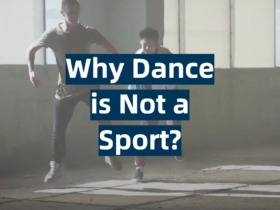

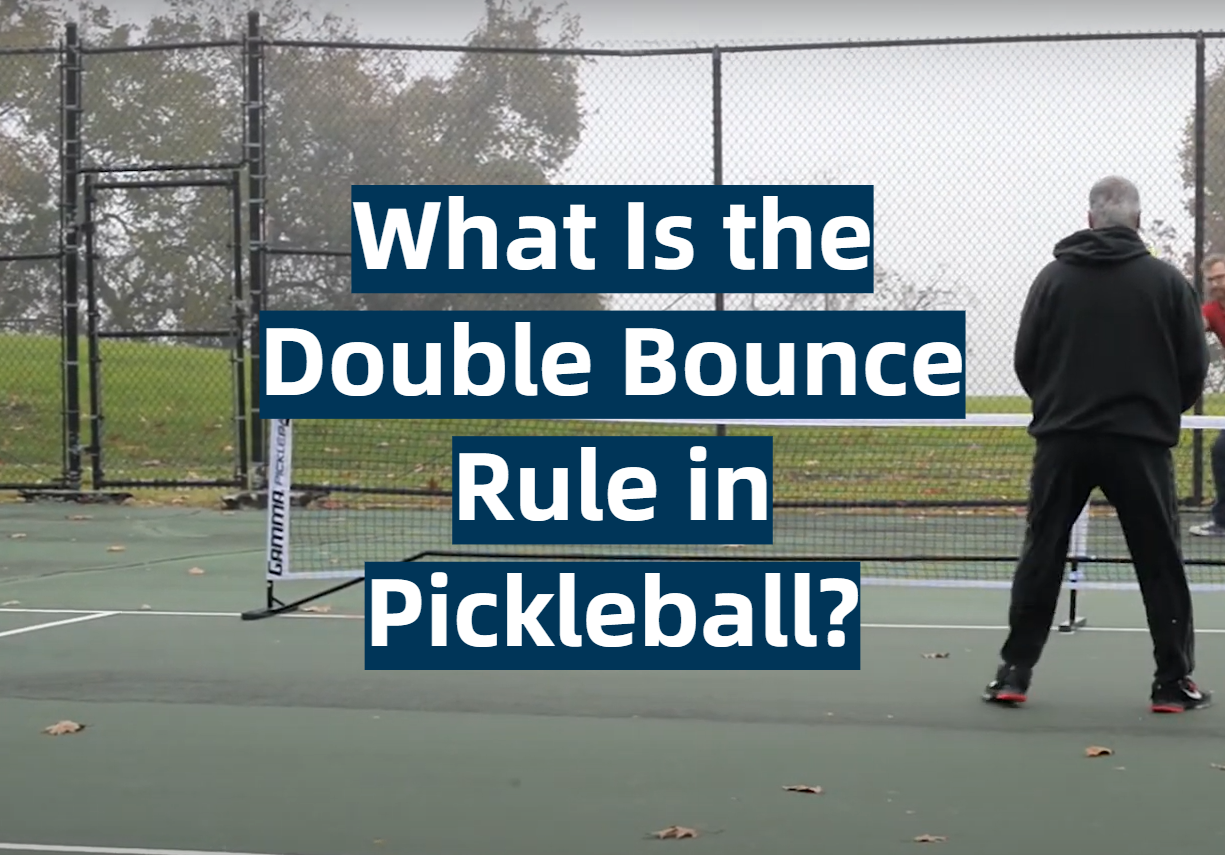
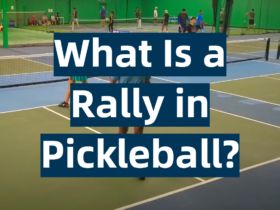
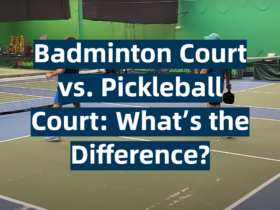
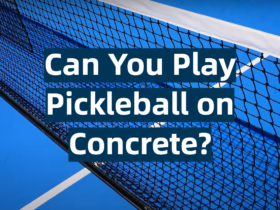
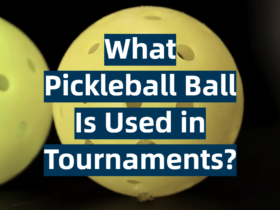
Leave a Review